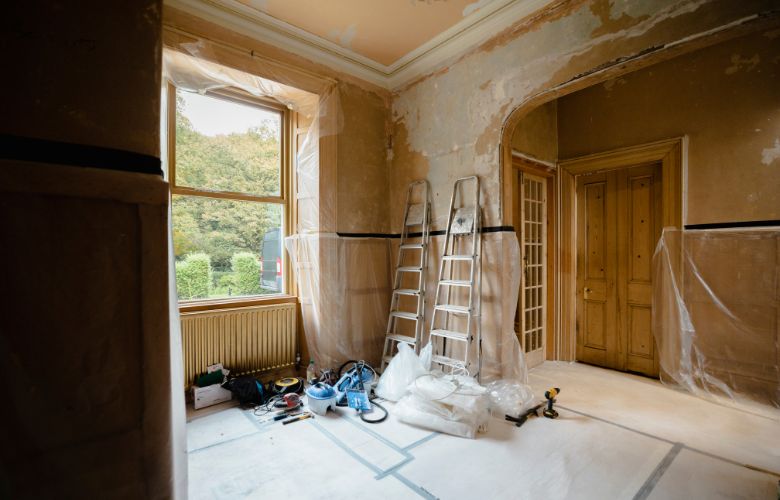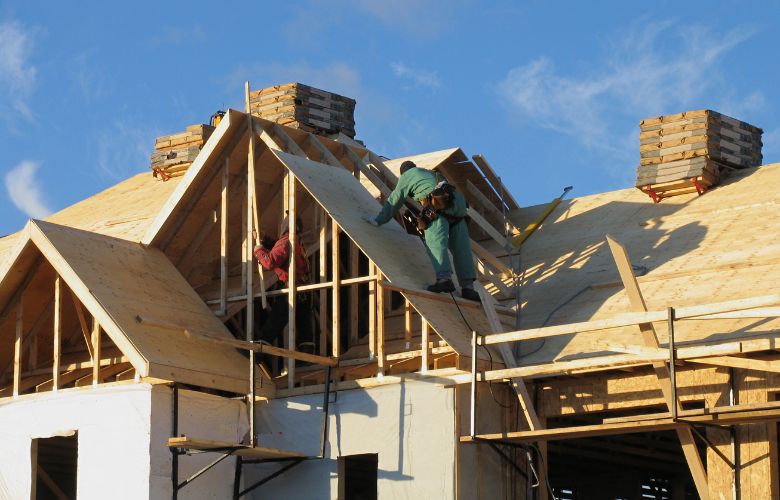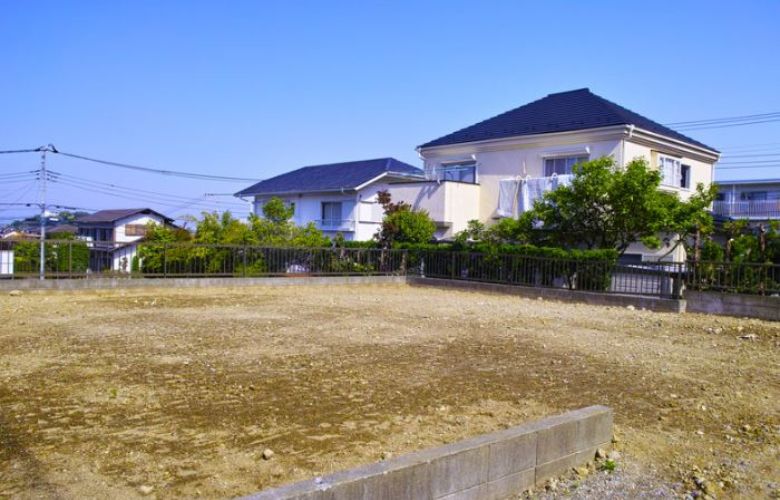Deciding between renovating an existing home or building a new home is a significant choice that homeowners in Australia often face. Both options come with their own set of advantages and disadvantages, making the decision a complex and multifaceted one. Factors such as budget, personal preferences, the condition of the current property, and long-term goals play a pivotal role in making this decision. In this article, we will delve into the pros and cons of renovating an older home compared to building a new home in the Australian context.
Renovating an Older Home

Advantages:
- Cost Savings: Renovating an existing home is generally more cost-effective than building a new one. The costs associated with purchasing land, obtaining permits, and constructing an entirely new structure can often surpass the expenses of renovating.
- Preserving Character and History: Many older homes in Australia are characterized by unique architectural features, which hold historical and cultural significance. Renovating allows homeowners to preserve these elements while giving the property a modern touch.
- Faster Decision-Making: Renovation projects usually have shorter planning and approval timelines than new builds. This can be advantageous for homeowners who want to see changes in their living space relatively quickly.
- Established Neighbourhoods: Older homes are often situated in well-established neighbourhoods with mature trees, better infrastructure, and a sense of community. Renovating allows homeowners to remain in these familiar and comfortable settings.
Disadvantages:
- Hidden Costs: Renovations can sometimes uncover unexpected issues, such as structural problems or outdated electrical and plumbing systems. These hidden costs can significantly impact the budget and timeline of the project.
- Limited Design Flexibility: Renovating within the constraints of an existing structure can limit design possibilities. Homeowners may need to compromise on certain aspects of their vision due to structural limitations.
- Complicated Process: Renovations involve dealing with existing structures, which can lead to complex design and construction challenges. Coordinating various trades and managing the project can be more intricate compared to building from scratch.
- Quality Concerns: Depending on the age of the home, there might be concerns about the quality of the existing construction materials and methods. Ensuring that the renovated home meets modern quality standards can require significant investment.
Steps to Take for Renovating Your Home

Starting a renovation on your home involves a series of steps that require careful planning, organization, and decision-making. Here’s a comprehensive guide to help you navigate the process:
- Define Your Goals and Budget: Identify the specific goals of your renovation. Are you looking to increase space, modernize the interior, or enhance energy efficiency? Determine a realistic budget for your renovation. Research the costs associated with materials, labour, permits, and unexpected expenses.
- Evaluate the Property: Conduct a thorough assessment of your home’s current condition. Identify areas that require repair, replacement, or improvement. Consider hiring a professional home inspector or contractor to provide a comprehensive evaluation.
- Conceptualize and Plan: Create a clear vision of what you want to achieve through your renovation. Consider design elements, layout changes, and specific features you want to incorporate. Consult with an architect, interior designer, or design-build firm to translate your ideas into detailed plans. They can help with layout, structural changes, and material selection.
- Obtain Necessary Permits: Depending on the scope of your renovation, you may need to obtain permits from your local municipality. This is especially important for structural changes, electrical work, plumbing modifications, and additions. Consult with your local building department & council to understand the required permits and the application process.
- Hire Professionals: Identify and hire the professionals you’ll need, such as architects, designers, contractors, and subcontractors. Obtain multiple quotes to compare costs and services. Check references, review portfolios, and ensure the professionals are licensed and insured.
- Develop a Detailed Timeline: Work with your contractor and other professionals to create a realistic project timeline. Understand the sequence of tasks and estimated completion dates for each phase.
- Secure Financing: If your renovation project exceeds your available funds, explore financing options such as home equity loans, lines of credit, or personal loans. Ensure that you understand the terms, interest rates, and repayment schedules associated with your chosen financing method.
- Material Selection: Research and choose the materials you’ll use for your renovation, including flooring, fixtures, appliances, countertops, cabinetry, and paint. Consider factors such as durability, aesthetics, and compatibility with your overall design concept.
- Demolition and Preparation: Begin the renovation process by demolishing existing structures or features that need to be replaced. Prepare the site for construction, which may involve removing debris, clearing space, and setting up temporary facilities if needed.
- Construction and Renovation: Work with your contractor and subcontractors to execute the planned changes. This includes structural work, electrical and plumbing installations, and any other modifications. Regularly communicate with the contractor to ensure the project is progressing according to the timeline and specifications.
- Quality Control and Inspections: Regularly inspect the work being done to ensure it meets your expectations and aligns with the design plans. Schedule any necessary inspections required by local authorities to verify that the work is compliant with building codes and regulations.
- Finishing Touches: Complete the interior finishes, including painting, flooring installation, cabinetry, and fixture installations. Pay attention to details that enhance the aesthetics and functionality of the space.
- Final Inspections and Approvals: Once the renovation is complete, schedule final inspections with relevant authorities to obtain the necessary approvals and permits.
- Move-In and Enjoy: Clean the renovated space thoroughly and move your belongings back in. Take time to appreciate the transformed space and enjoy the benefits of your well-planned renovation. Remember, each renovation project is unique, and the steps you take may vary depending on the scale and complexity of the project. Working closely with professionals and being proactive in your planning will contribute to a successful and satisfying renovation experience.
Building a New Home: Advantages and Disadvantages

Advantages:
- Customization: Building a new home offers a higher level of customization. Homeowners have the freedom to design the layout, choose materials, and incorporate the latest energy-efficient technologies according to their preferences and needs.
- Modern Features: New homes can be equipped with state-of-the-art amenities, such as smart home systems, advanced insulation, and energy-efficient appliances. This can lead to long-term savings on utility bills.
- Lower Maintenance Initially: New constructions are less likely to require immediate repairs and maintenance compared to older homes. This can provide a sense of relief from the potential surprises that come with renovating older properties.
- Compliance with Regulations: New homes are built to adhere to the latest building codes and safety regulations. This ensures that the property meets modern standards in terms of safety and environmental sustainability.
Disadvantages:
- Higher Costs: Building a new home is generally more expensive than renovating, considering the costs of land, construction, permits, and design fees. The initial investment can be a significant barrier for many homeowners.
- Extended Timelines: Constructing a new home typically takes more time than renovating, as it involves multiple phases such as design, approval, and construction. Delays in any of these stages can prolong the completion date.
- Land Availability: Finding suitable land in well-established and desirable neighbourhoods can be challenging. Securing a good location for a new build might require compromises or a higher budget.
- Environmental Impact: Constructing a new home can have a larger environmental footprint due to the use of new materials and the demolition of existing structures. Renovating, on the other hand, might involve reusing some materials.
Steps to Take for Building Your Home

Building a new home is an exciting and complex endeavour that requires careful planning, coordination, and decision-making. Here’s a step-by-step guide to help you navigate the process of building your new home:
- Define Your Goals and Budget: Determine your objectives for building a new home. Consider factors such as the size of the home, number of rooms, style, and desired features. Set a realistic budget that accounts for construction costs, land purchase (if applicable), permits, design fees, and contingencies.
- Choose a Location: If you haven’t already, decide on the location where you want to build your new home. Factors to consider include proximity to work, schools, amenities, and the overall neighbourhood.
- Secure Financing: Determine how you’ll finance your new home construction. Explore options such as construction loans, home loans, or a combination of financing methods. Get pre-approved for a loan to establish your budget and understand your borrowing capacity.
- Purchase Land (if needed): If you don’t already own a suitable plot of land, research available properties in your chosen location. Consider factors like land size, zoning regulations, topography, and access to utilities.
- Design Your Home: Work with an architect or a design-build firm to create detailed architectural plans that reflect your vision for the home. Collaborate closely to ensure the design aligns with your needs, preferences, and budget.
- Obtain Permits: Consult with your architect and/or builder to identify the necessary permits and approvals required for your new home construction. Apply for building permits from your local municipality and adhere to any zoning regulations.
- Hire a Builder: Research and select a reputable builder with experience in constructing homes in your chosen style and location. Review their portfolio, check references, and discuss project timelines and costs.
- Develop a Construction Timeline: Work with your builder to create a comprehensive project timeline that outlines each phase of construction, from groundbreaking to completion.
- Pre-Construction Preparations: Clear the construction site and prepare the land by grading, excavating, and addressing any site-specific challenges. Set up temporary utilities if necessary, such as electricity, water, and waste disposal.
- Foundation and Framing: Begin construction with the foundation, which can be a concrete slab, crawl space, or basement. Ensure it’s built to code and engineered for the local soil conditions. Once the foundation is in place, proceed with framing the structure, including walls, roof trusses, and structural components.
- Rough-In Installations: During this phase, essential systems such as plumbing, electrical wiring, HVAC, and insulation are installed. This is known as the “rough-in” stage.
- Interior Finishes: Install drywall, flooring, doors, trim, and other interior finishes. This is when your new home begins to take shape visually.
- Exterior Finishes: Apply exterior finishes such as siding, roofing, windows, and exterior doors. These elements contribute to the home’s curb appeal and weather protection.
- Final Inspections: Schedule inspections with local authorities to ensure the construction complies with building codes and regulations at various stages.
- Final Touches and Landscaping: Complete interior paint, cabinetry, countertops, fixtures, and any other final touches. Address landscaping needs, which may include grading, planting, and installing hardscape features.
- Final Inspections and Approvals: Conduct a final walkthrough with your builder to identify any remaining issues or adjustments needed. Schedule final inspections to obtain certificates of occupancy and ensure the home is ready for occupancy.
- Move-In and Enjoy: Once inspections and approvals are obtained, move into your new home and start creating wonderful memories. Building a new home requires thorough planning, collaboration, and patience. Working closely with professionals and maintaining open communication throughout the process will help ensure a successful and satisfying outcome.
Making the Right Choice

Deciding whether to renovate an older home or build a new one in Australia is a decision that depends on a variety of factors. Homeowners must carefully weigh the advantages and disadvantages of each option in the context of their personal preferences, budget constraints, long-term goals, and the condition of the existing property. While renovating can bring cost savings and a sense of history, building a new home offers customization and modern amenities. Whichever path is chosen, it’s crucial to conduct thorough research, consult with experts, and consider the specific needs and vision of the homeowner.
As Australia’s housing market continues to evolve and urban environments transform, the choice between renovating and building anew remains an important and deeply personal one for homeowners across the country.


